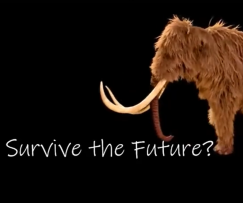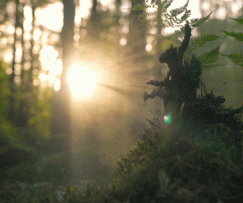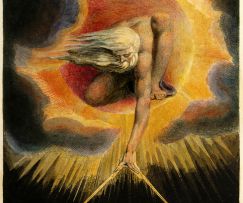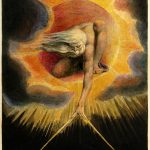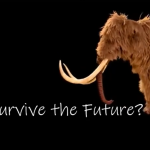“Perception is actually a human window, which opens both ways.”
Georgi Y. Johnson
Extract from I AM HERE – Opening the Windows of Life & Beauty, by Georgi Y. Johnson.
Sitting in silence in a public place it can be remarkable to witness the imbalance between our quest outside ourselves for self-definition, purpose, identity, satisfaction, distraction, or happiness, and our quest inside ourselves to explore the miraculous internal universe through which the life which is who we are is evolving at this moment.
The assertive or “male” aspect of ourselves seems to be in overdrive, while the receptive, absorbing, allowing “female” aspect is functioning in a default position.
This has led to an almost obsessive quest for self-definition through the material world, or through relationships. Our knowledge of the exterior world has created enough books to shroud the planet, while literature on the nature of perception – the means through which we are able to reach out and learn at all – is vastly lacking. In reflection of our collective state, perception to date is chiefly defined as perception of an individual towards the outer world.
One of the keys in this book is the suggestion that perception is actually a human window, which opens both ways. The tools offered here will impact both inner and outer experience, opening an increasing space for the embodiment of existence on all layers of form. Perception does not define who we are, but it does define where we are limited.
Yet our perception determines how we experience the outer world. It literally creates the world for us.
What is consciousness? What is awareness? How do we perceive? How do we feel? From where does our recognition of beauty arise? How do we “know” from a space beyond, behind or before thought? What is the process of understanding, before it is verbalized in the mind? Can it be witnessed?
Who is observing my despair when I am alone?
What are we doing here, and why, when we open our eyes in a moment of pure perception of this insane, absurd miracle of humanity in creation, do we so often close them again in pain?
When we begin to recognize and affirm the universal difference between consciousness and awareness, a new process is initiated. Already in the recognition that consciousness is not absolute, a greater space is allowed for inquiry and exploration.
Who would dare to open these windows and allow the light to come in? What would be exposed that is not ours to see?
This playfulness and the perceptive inquiry into the interplay and blend between dimensions of head, heart, and body is made possible through our third and most essential power of perception – that of the basis, the root, or emptiness. So often used as a barely affirmed “service tool” to awareness or consciousness, emptiness is the critical factor that allows any perception or creation to take place at all.



